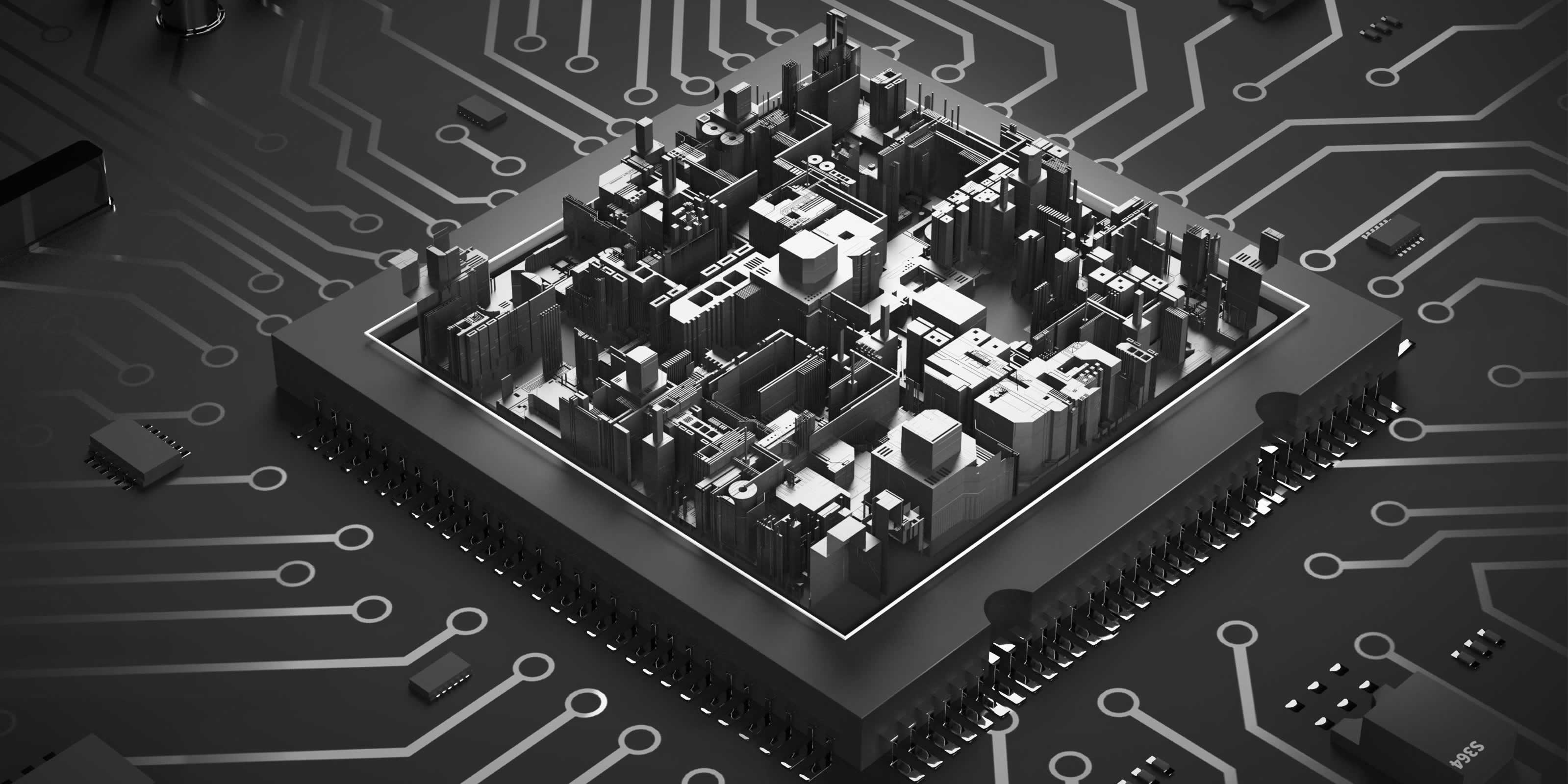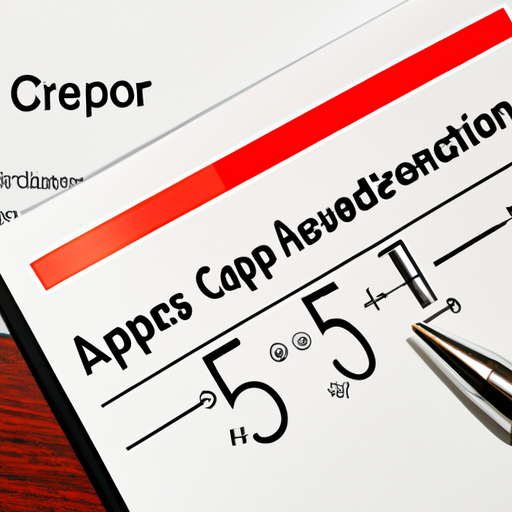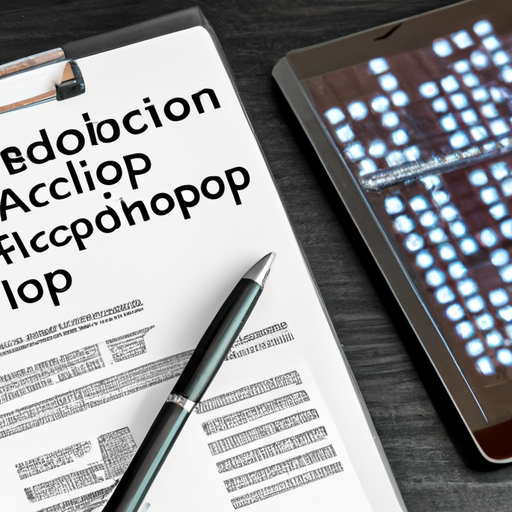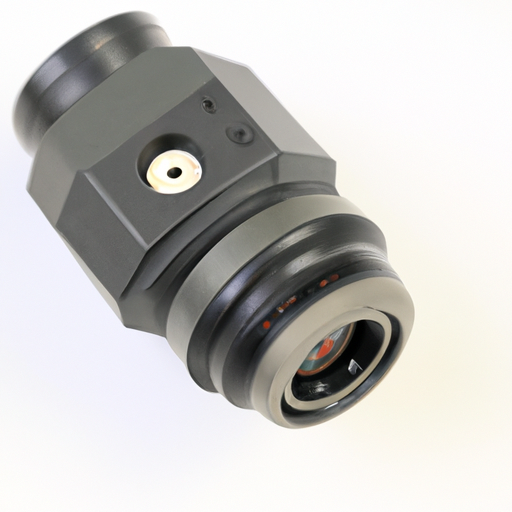CORE_COMPETENCE
Product_Leaders
5000+
num_01
1000+
num_02
TOP03
num_03
index_more
index_more_content

info_item01
info_item_content01

info_item02
info_item_content02

info_item03
info_item_content03

info_item04
info_item_content04
NEWS
NEWS
application development in Strain Gauges for CFR-50JB-52-160K: key technologies and success stories
2025-08-16
0
application development in Reflective - Logic Output for MM74HC154N: key technologies and success stories
2025-08-15
1





















